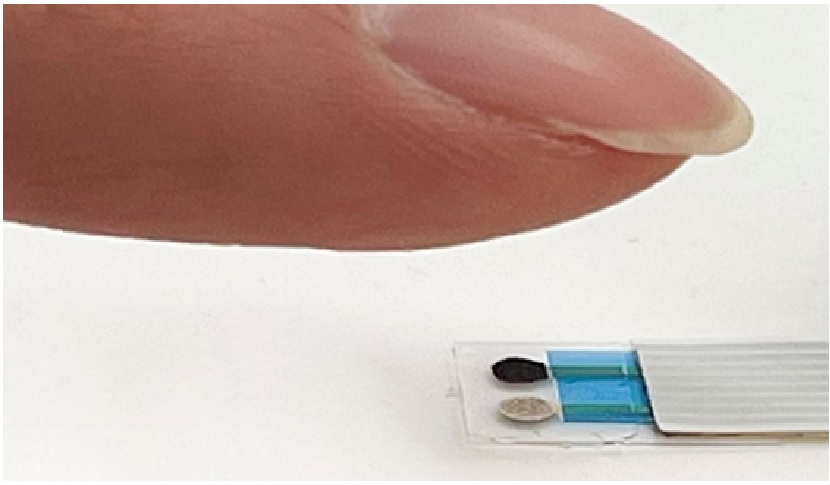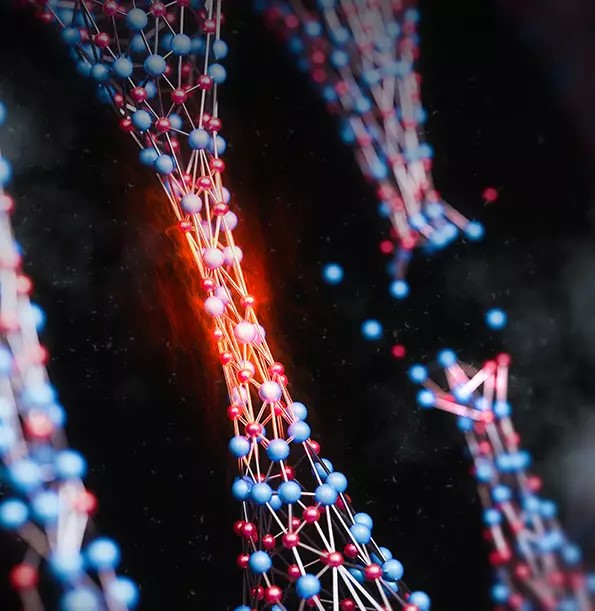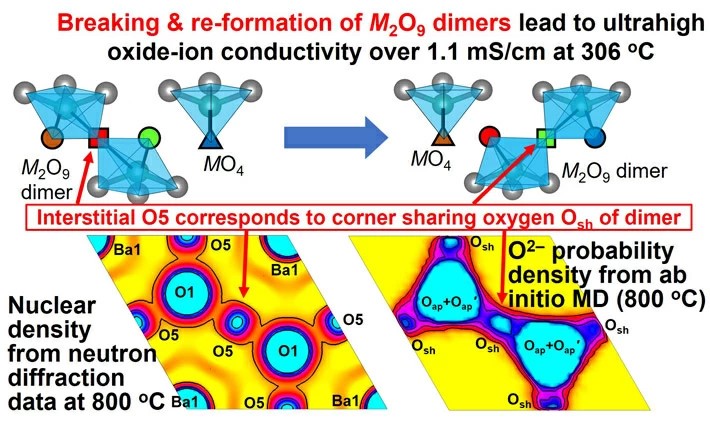The World's Fastest Semiconductor: Re6Se8Cl2
Semiconductors are the unsung heroes of our digital age, powering the devices we rely on daily. However, as essential as they are, these materials come with limitations, such as energy loss and speed constraints. In a quest for better alternatives, a team of chemists at Columbia University, led by the brilliant Jack Tulyag, a PhD student under the guidance of chemistry professor Milan Delor, has unveiled a game-changing semiconductor called Re6Se8Cl2. This superatomic material boasts unprecedented speed and efficiency, offering a glimpse into the future of electronics.

Figure 1. Semiconductor.
The Semiconductor Conundrum
Figure 1 shows semiconductor. Semiconductors, like the ubiquitous silicon, form the foundation of modern technology. They are the lifeblood of our computers, cellphones, and electronic gadgets. But here's the catch: the atomic structure of any material vibrates, generating quantum particles known as phonons. These phonons, in turn, cause electrons and electron-hole pairs (excitons) to scatter, leading to energy loss in the form of heat and speed limitations in information transfer.
Re6Se8Cl2: The Game-Changer
Instead of scattering like traditional semiconductors when encountering phonons, excitons in Re6Se8Cl2 exhibit a remarkable behavior. They bind with phonons, giving birth to new quasiparticles known as acoustic exciton-polarons. These polarons have a unique property: they move ballistically, without scattering. This intriguing characteristic paves the way for faster and more efficient electronic devices.
In experiments conducted by the Columbia University team, acoustic exciton-polarons in Re6Se8Cl2 outperformed expectations. They moved at twice the speed of electrons in silicon and covered several microns of the sample in less than a nanosecond. Given that polarons can endure for around 11 nanoseconds, the potential for exciton-polarons to travel over 25 micrometers at a time is truly extraordinary. Moreover, as these quasiparticles are controlled by light, not electrical current, theoretical devices could achieve processing speeds in femtoseconds, a colossal improvement over current gigahertz electronics.
A Quantum Version of the Tortoise and the Hare
The key to Re6Se8Cl2's exceptional performance lies in its unique approach. While silicon allows electrons to move rapidly, they scatter and do not cover much distance quickly. In contrast, excitons in Re6Se8Cl2 are slow, but this sluggishness is their strength. They pair up with slow-moving acoustic phonons, forming "heavy" quasiparticles. Similar to the tortoise in the classic fable, they advance steadily without encountering other phonons, ultimately outpacing electrons in silicon.
The Search Continues
While Re6Se8Cl2 has opened new horizons in semiconductor technology, its commercial viability is uncertain. The rarity and high cost of the element Rhenium in the compound make it impractical for widespread use. However, the team at Columbia University, armed with advanced imaging techniques and theoretical models, is determined to explore other superatomic contenders that could surpass Re6Se8Cl2's speed record.
In the ever-evolving world of quantum materials, the search for innovative semiconductors continues. Re6Se8Cl2 has revealed new possibilities for room-temperature, ballistic exciton transport, and as chemistry professor Milan Delor notes, "There is a whole family of superatomic and other 2D semiconductor materials out there with properties favorable for acoustic polaron formation." The future of electronics is looking brighter than ever.
Source: Columbia University
Cite this article:
Hana M (2023), The World's Fastest Semiconductor: Re6Se8Cl2, AnaTechMaz, pp. 291















